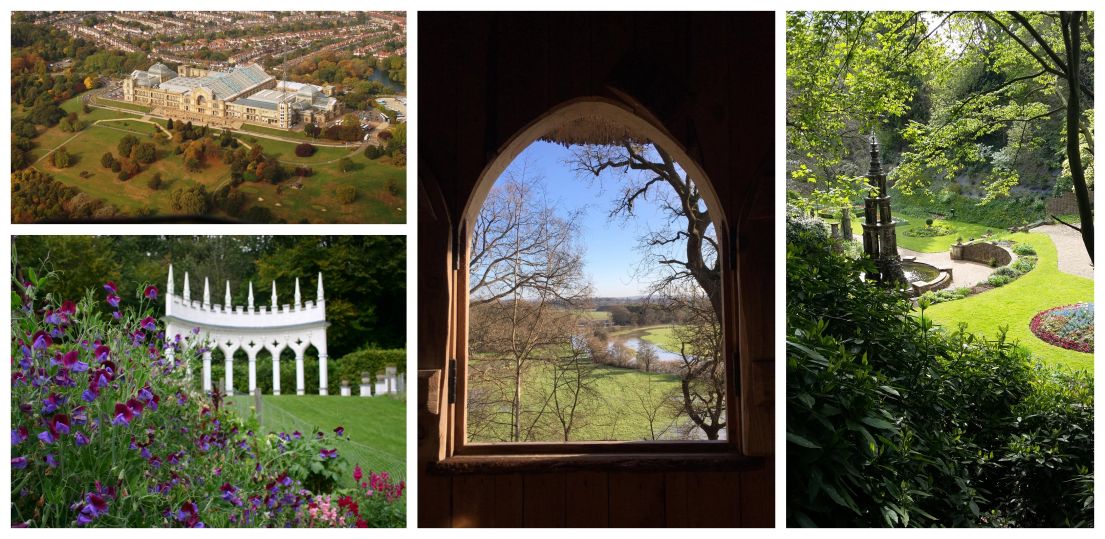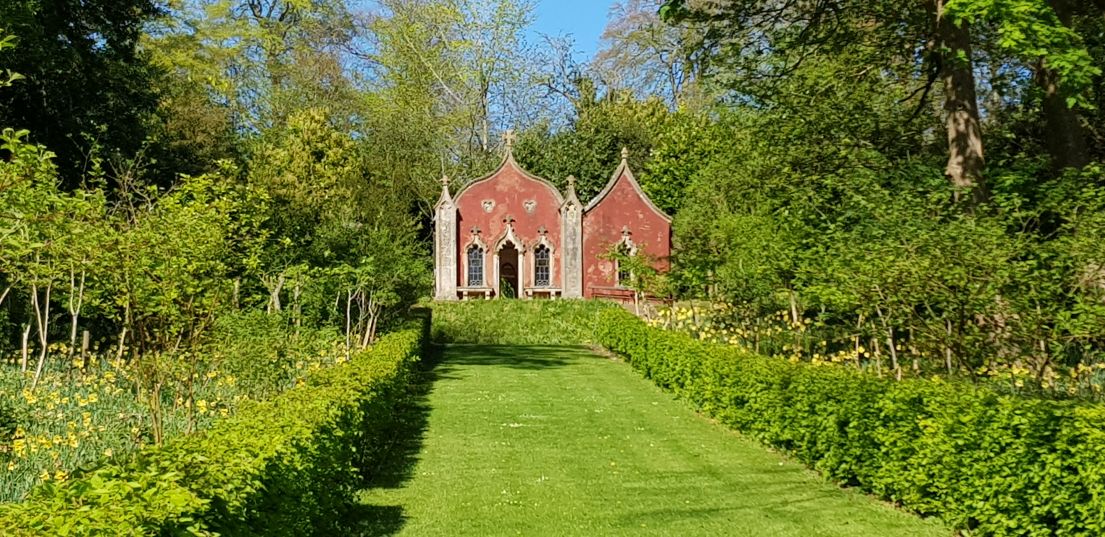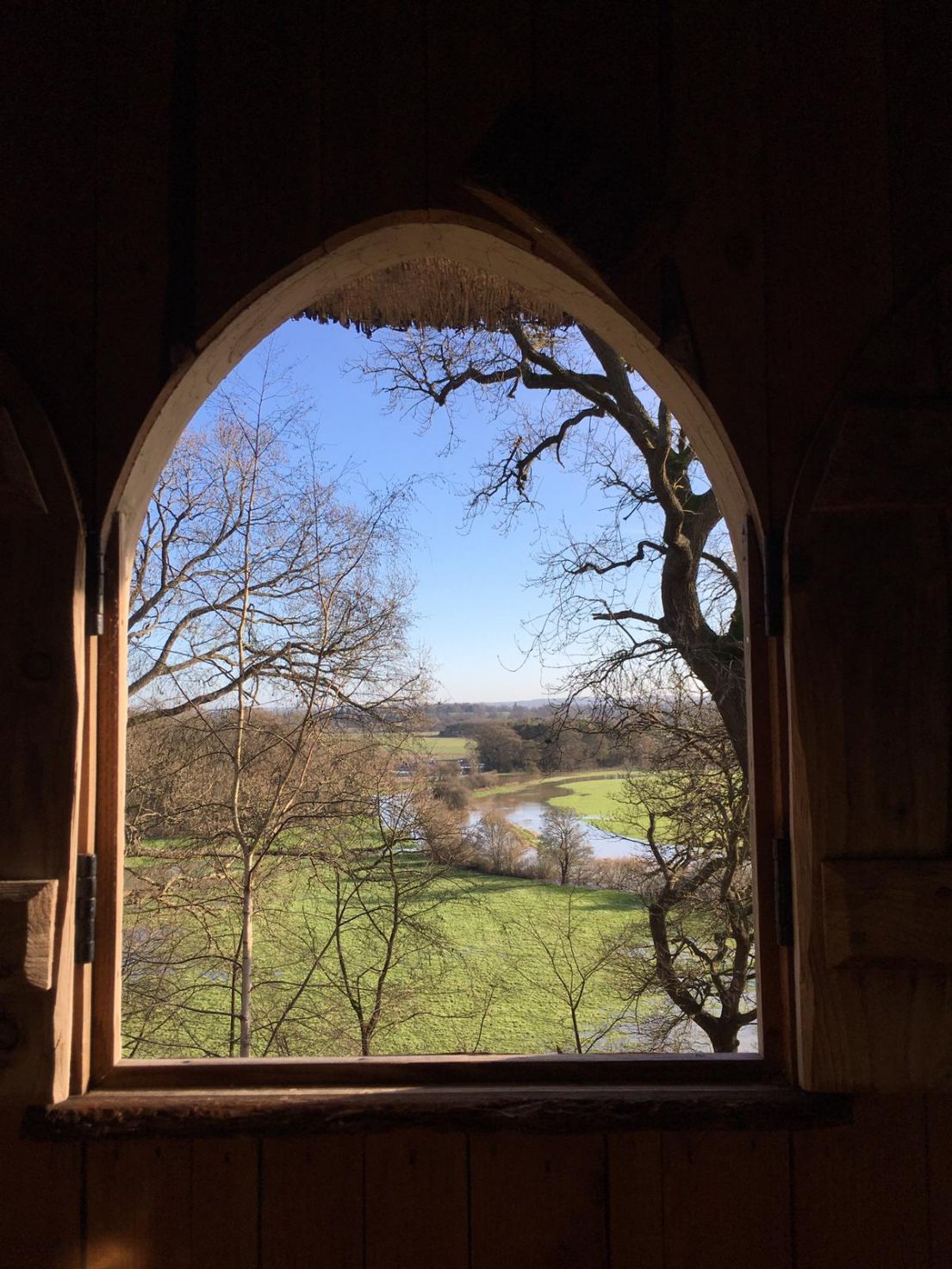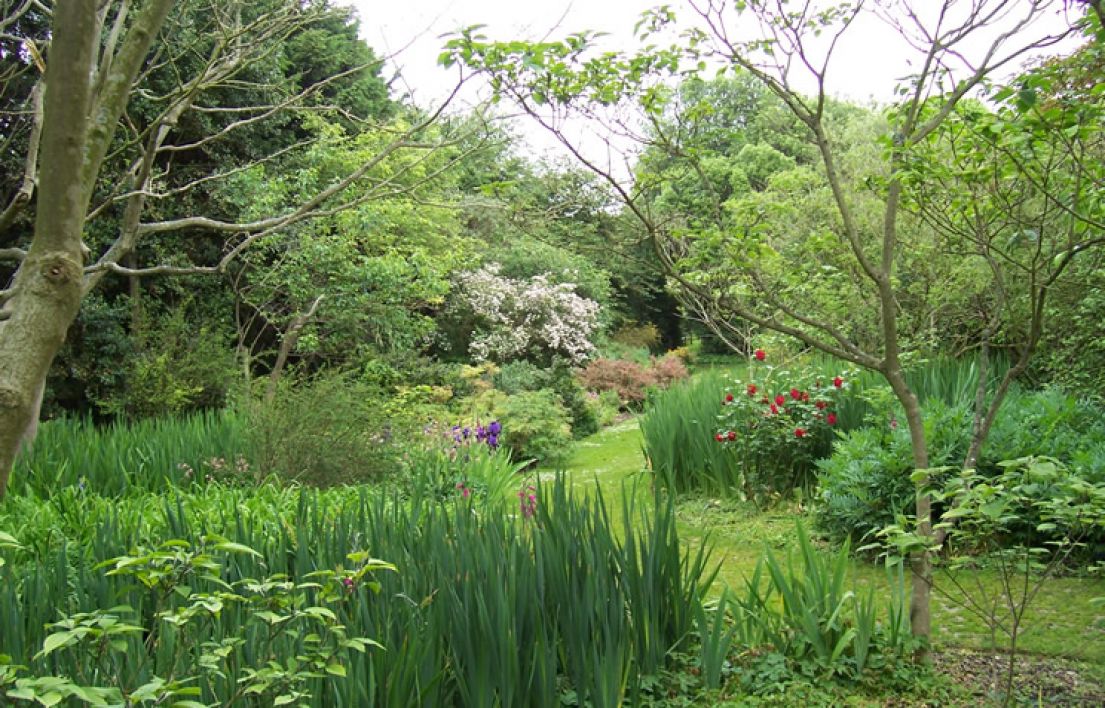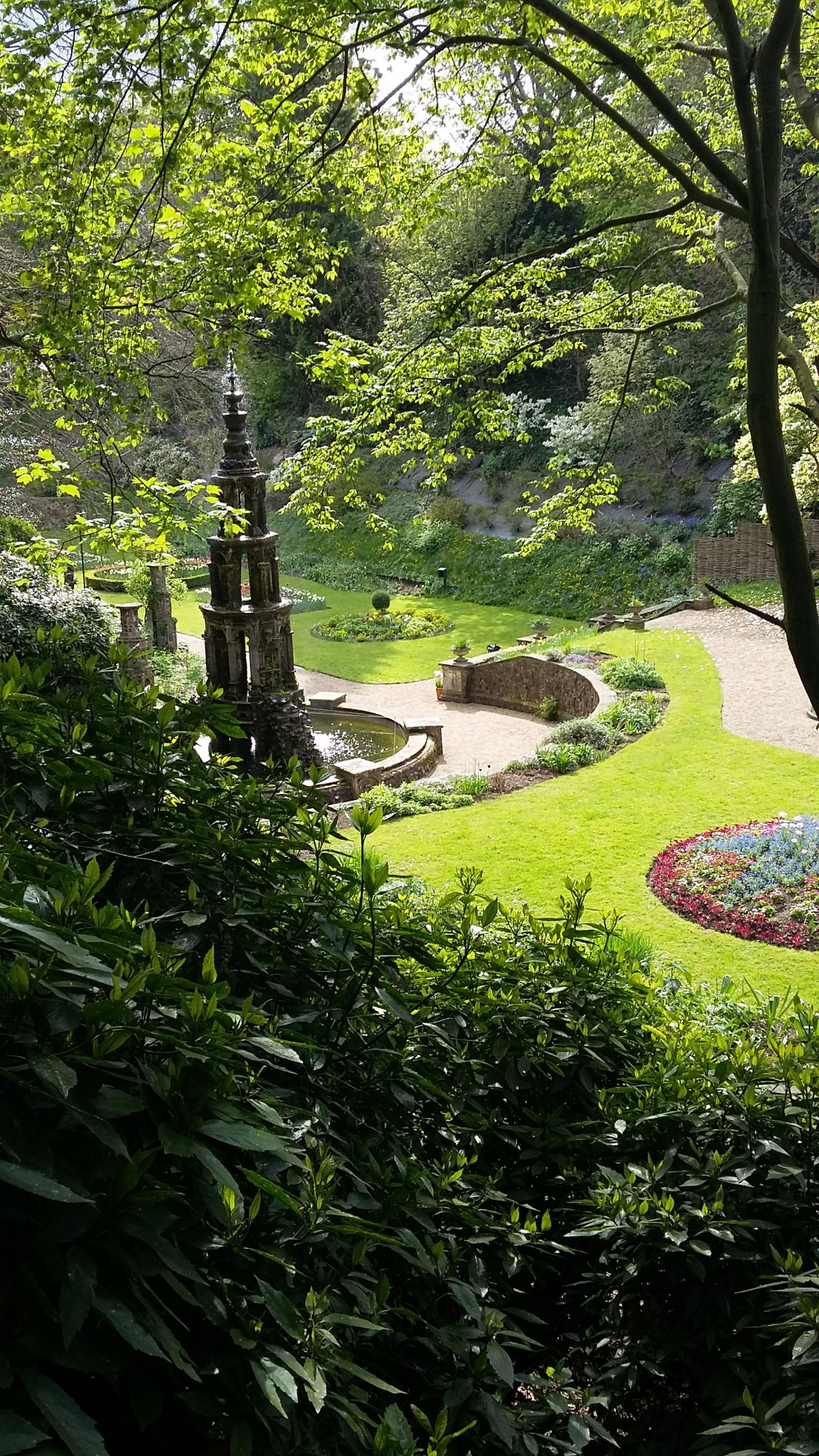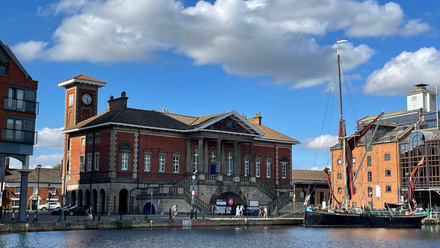Glorious Gardens
Ok, so I don’t have a garden, but during lockdown, I’ve never been so appreciative of everyone else’s gardens, or missed so much the beautiful parks near work where I used to walk on my lunchbreaks. Well, as it’s National Gardening Week, there’s extra excuse to stop and admire our neighbours’ efforts (whilst maintaining social distancing). To highlight and give a shout out to all those who help create, nurture (and in many cases, rescue!) these glorious green spaces I asked our good friends at The Gardens Trust, to tell us about some of their favourites. Over to you TGT team…

